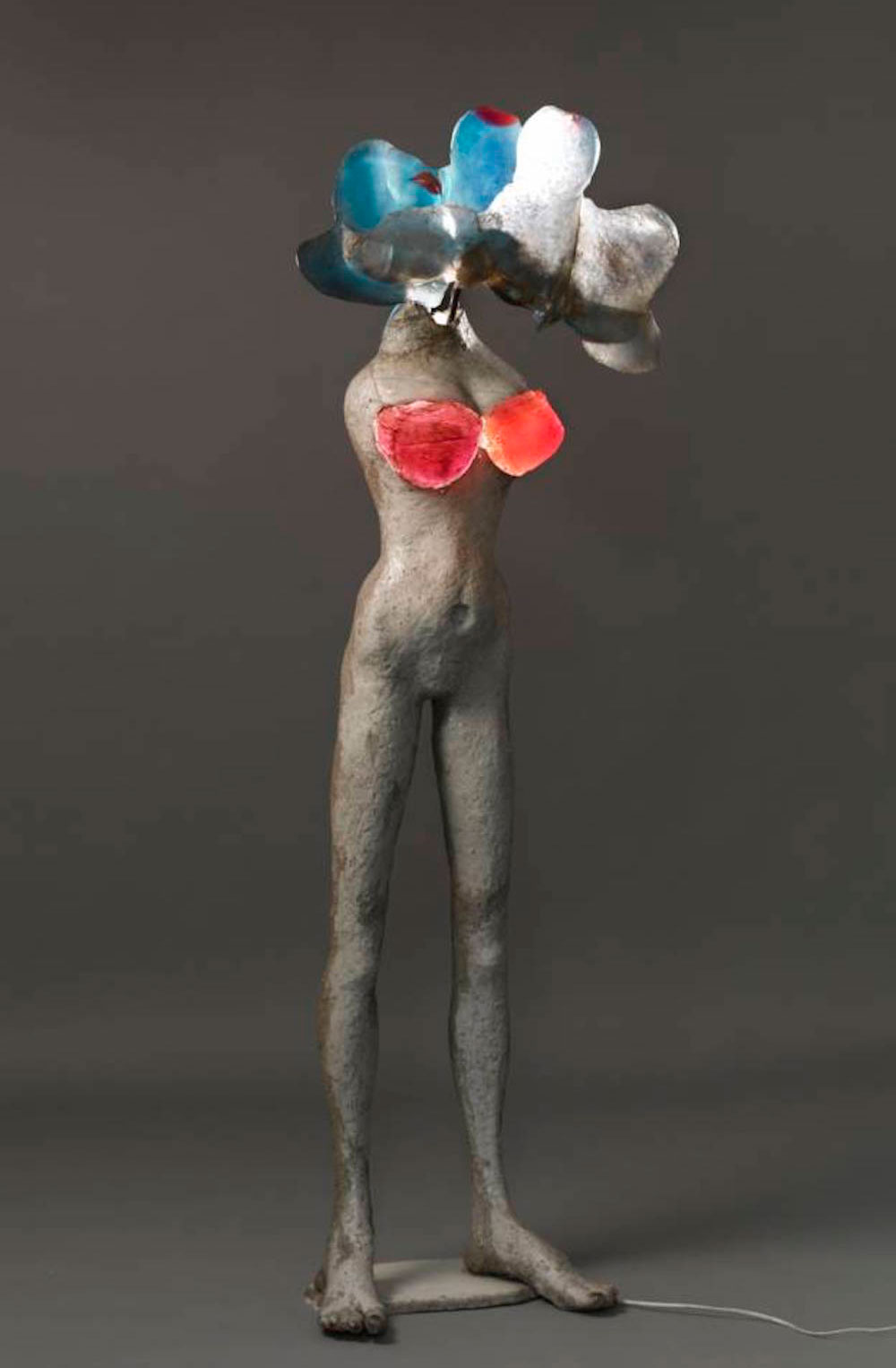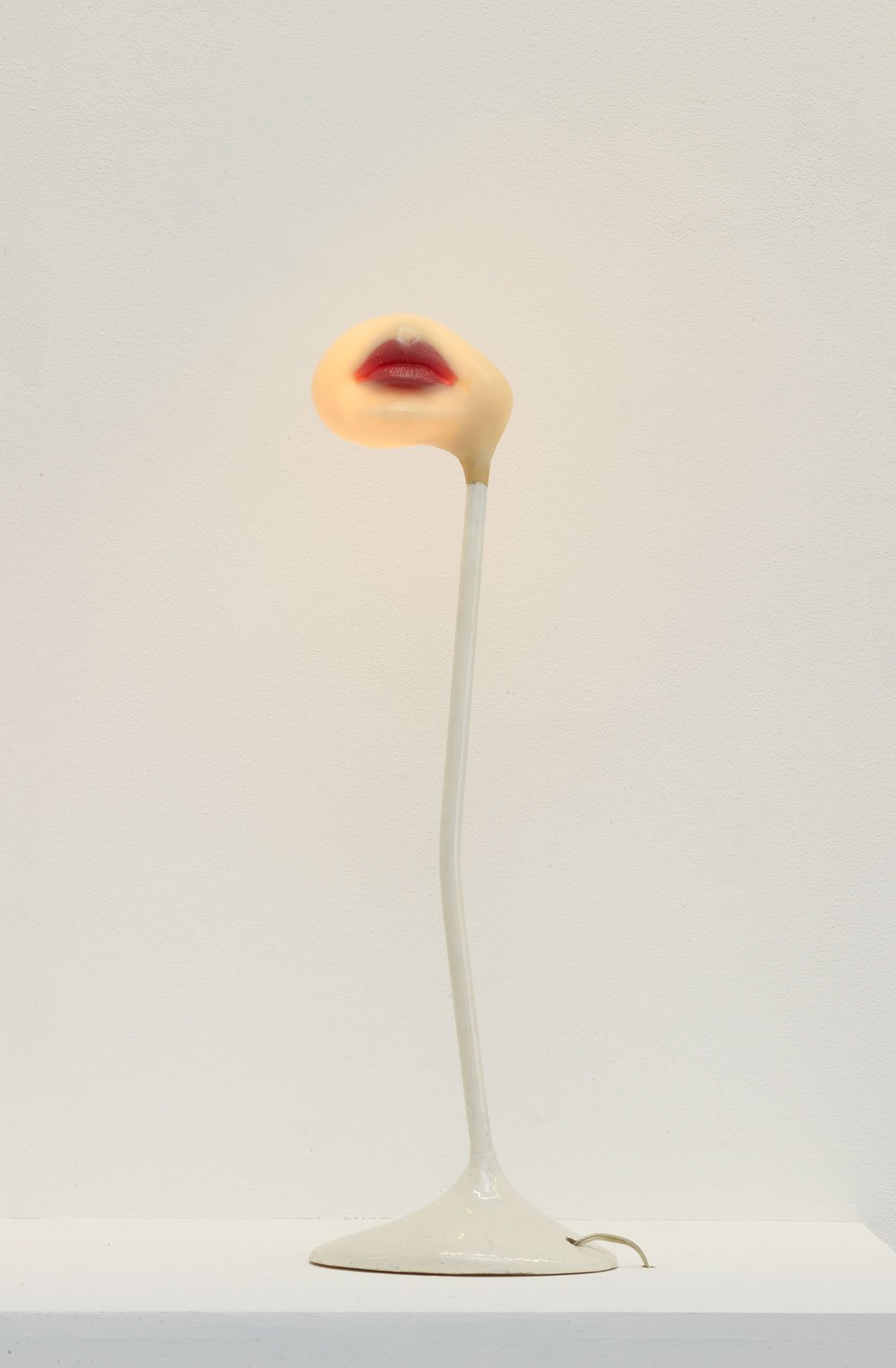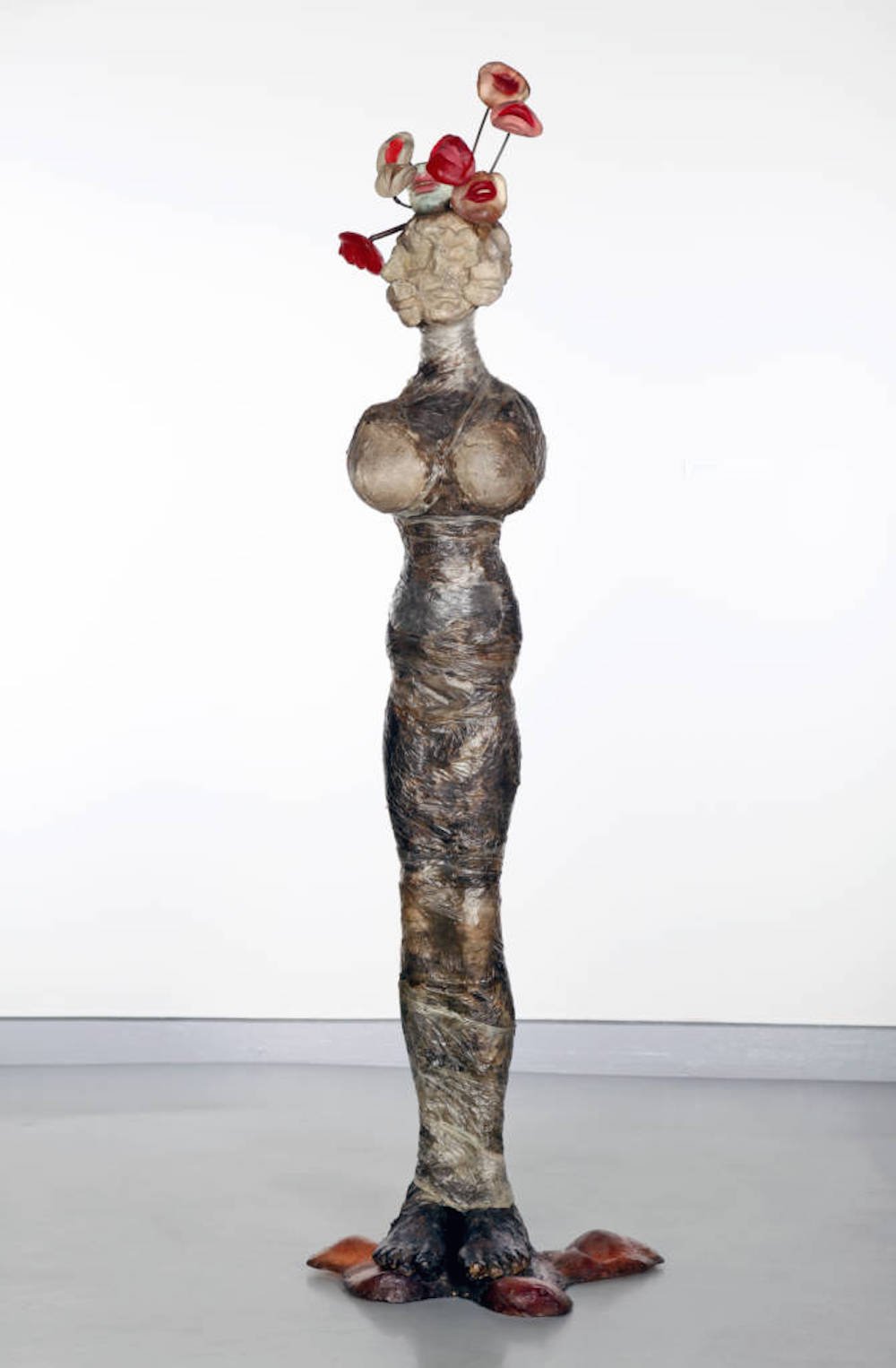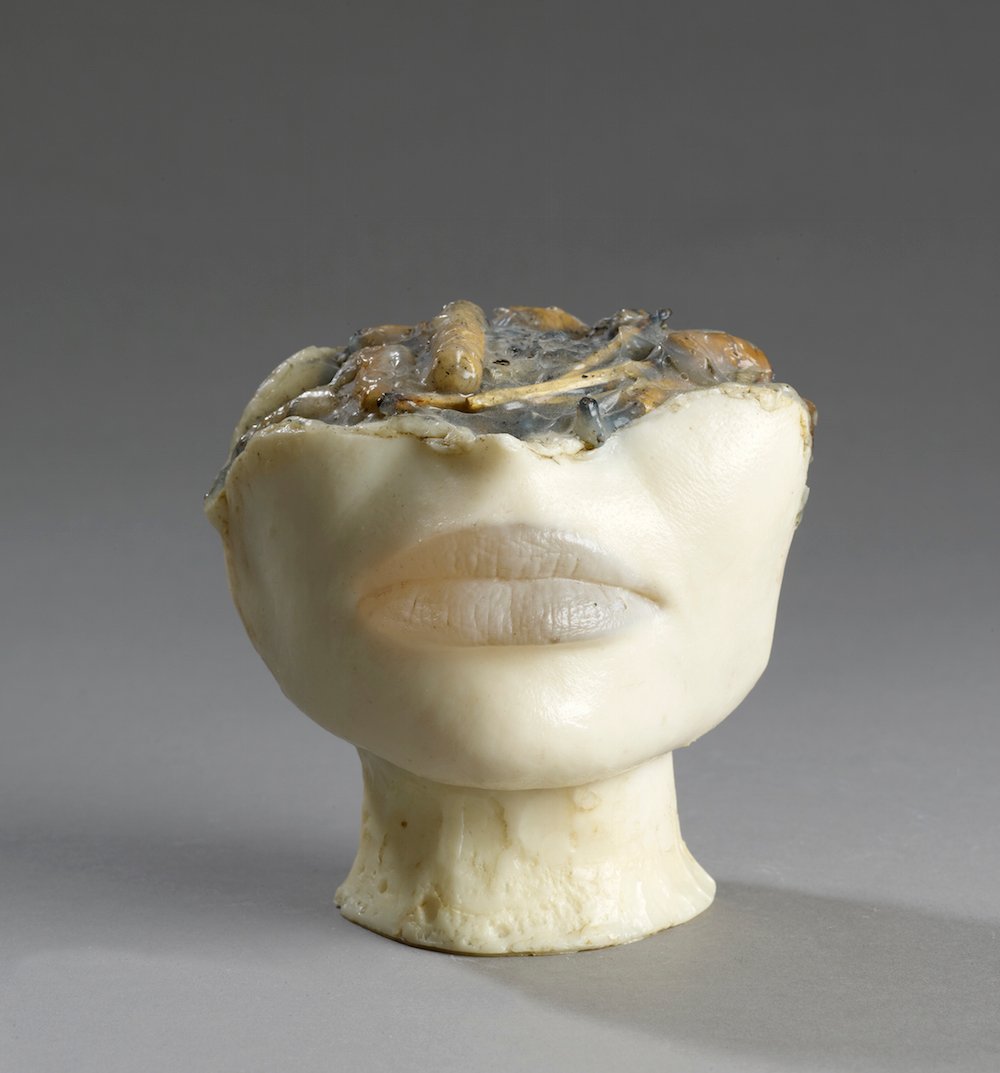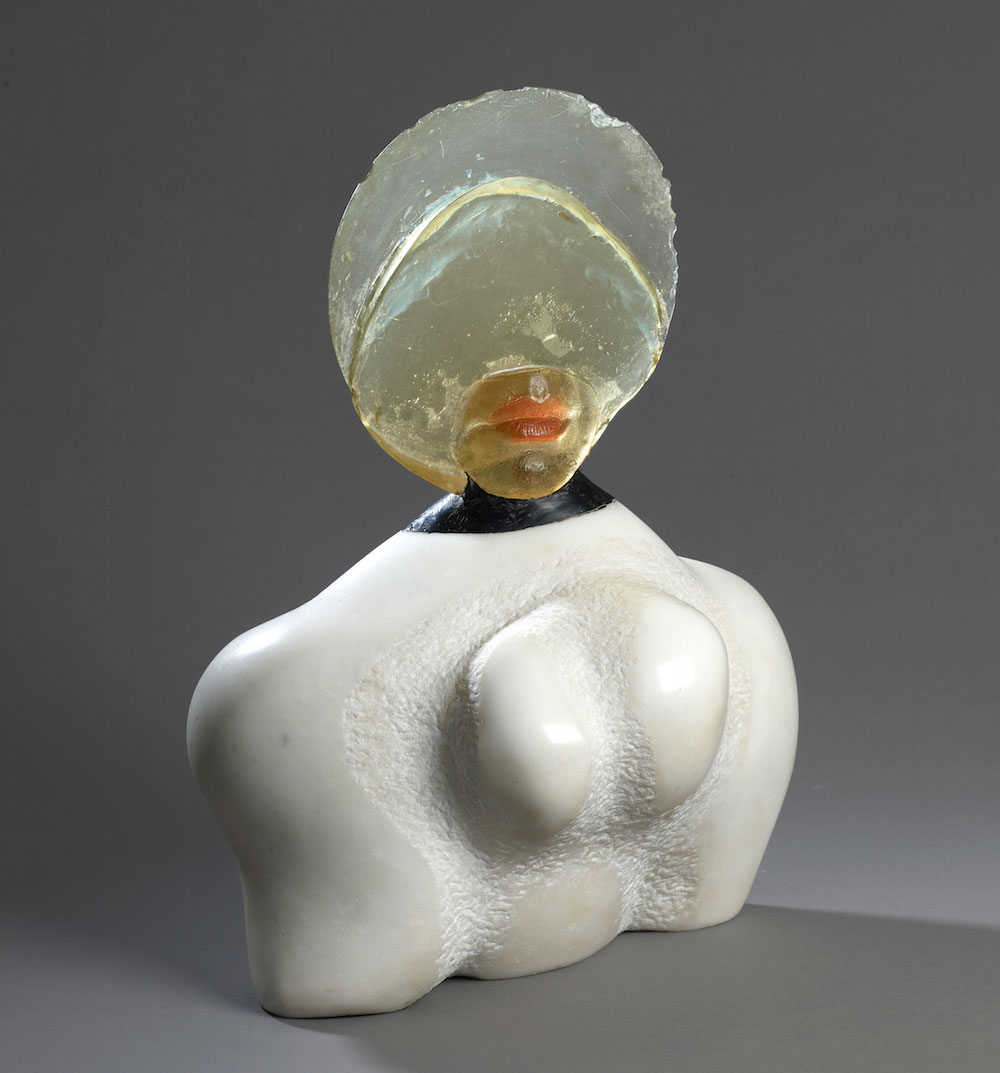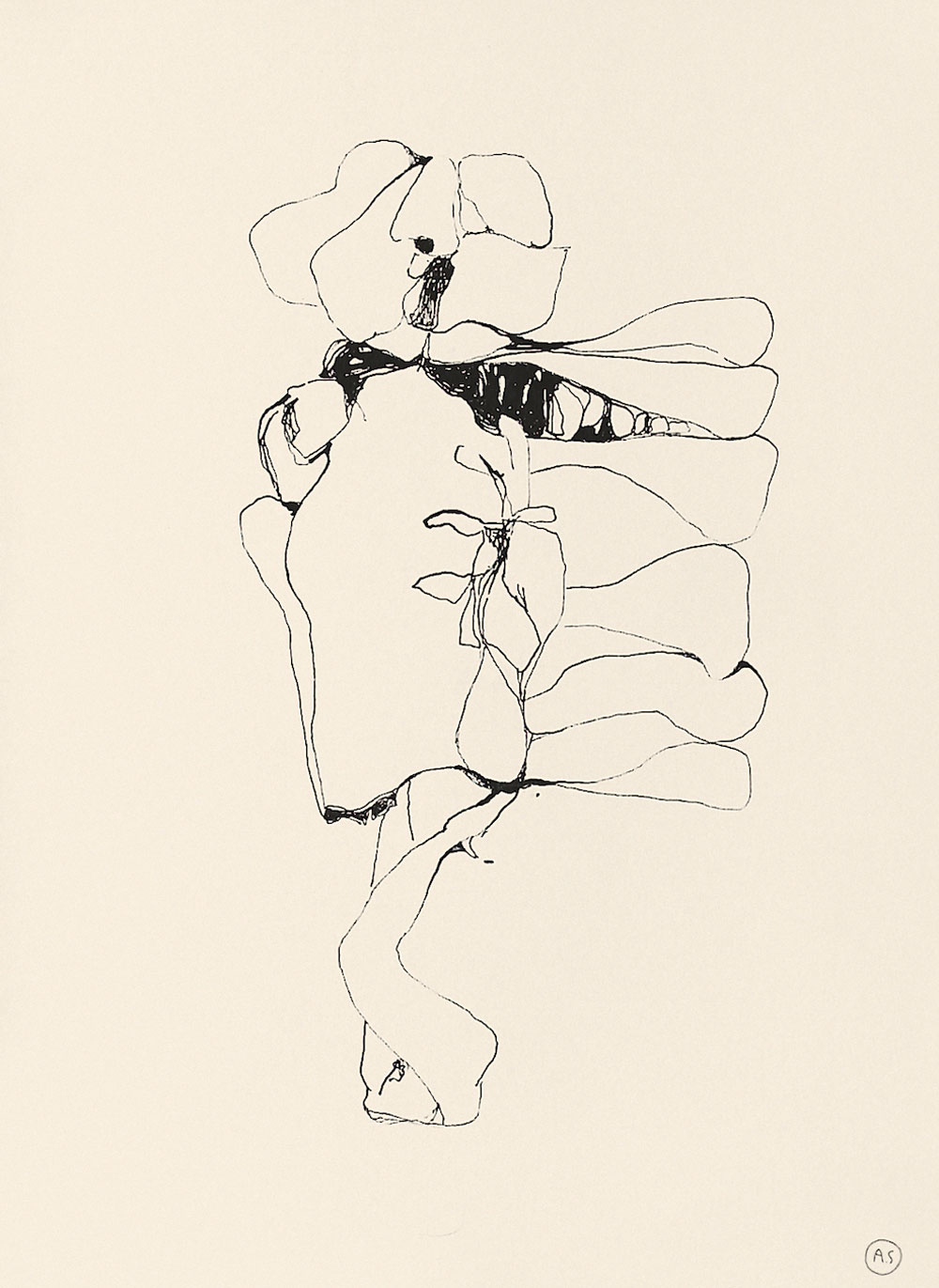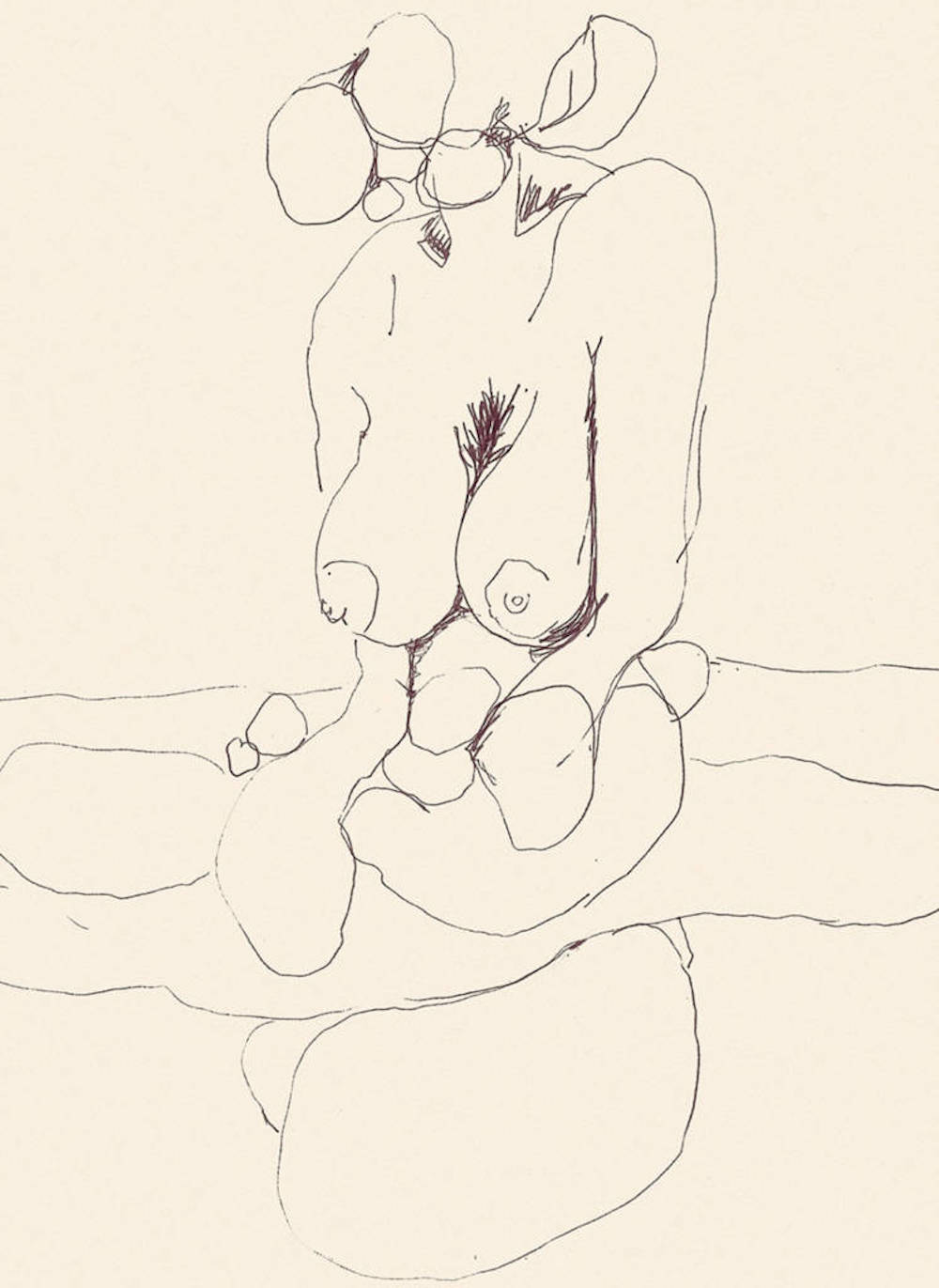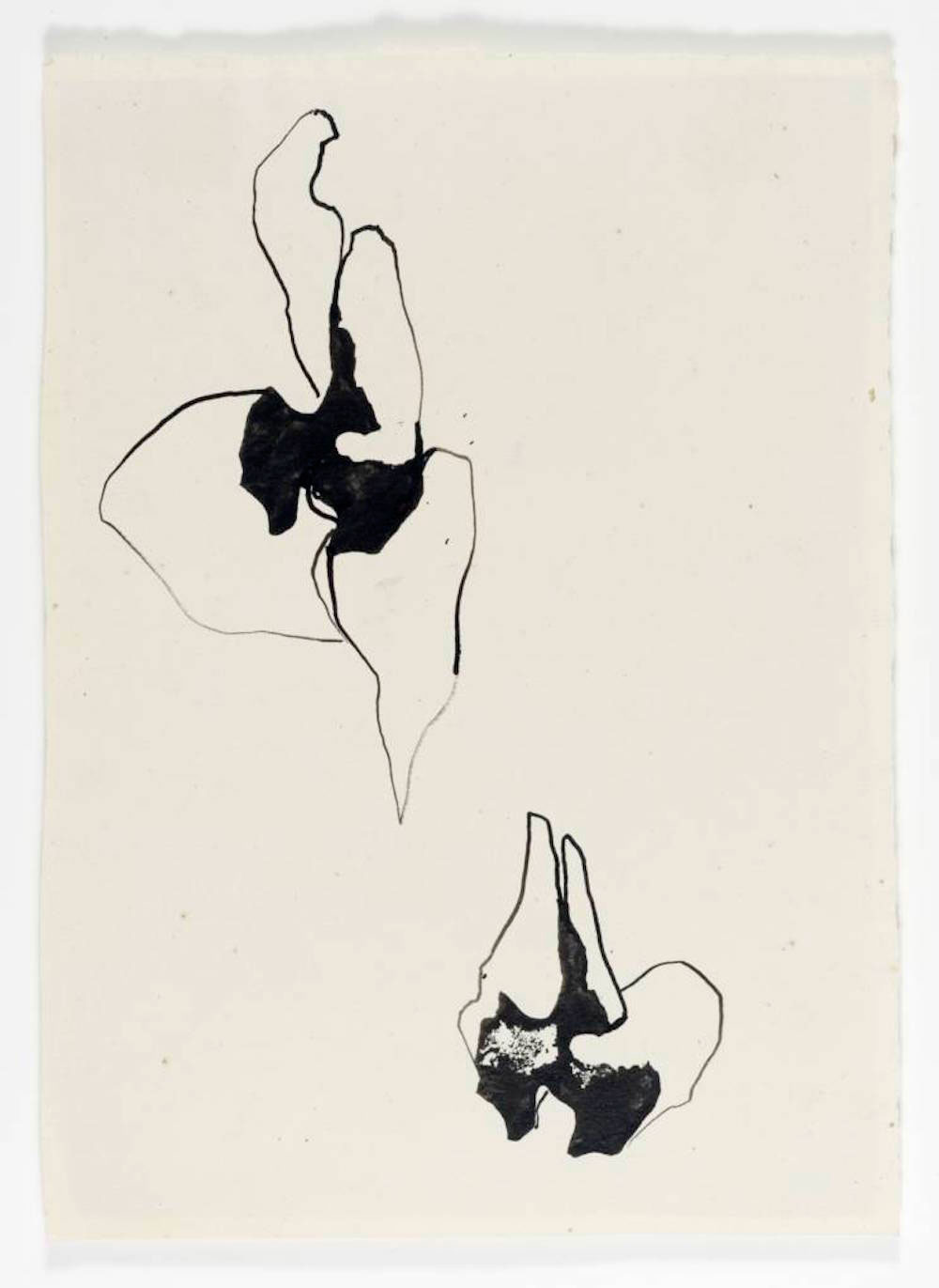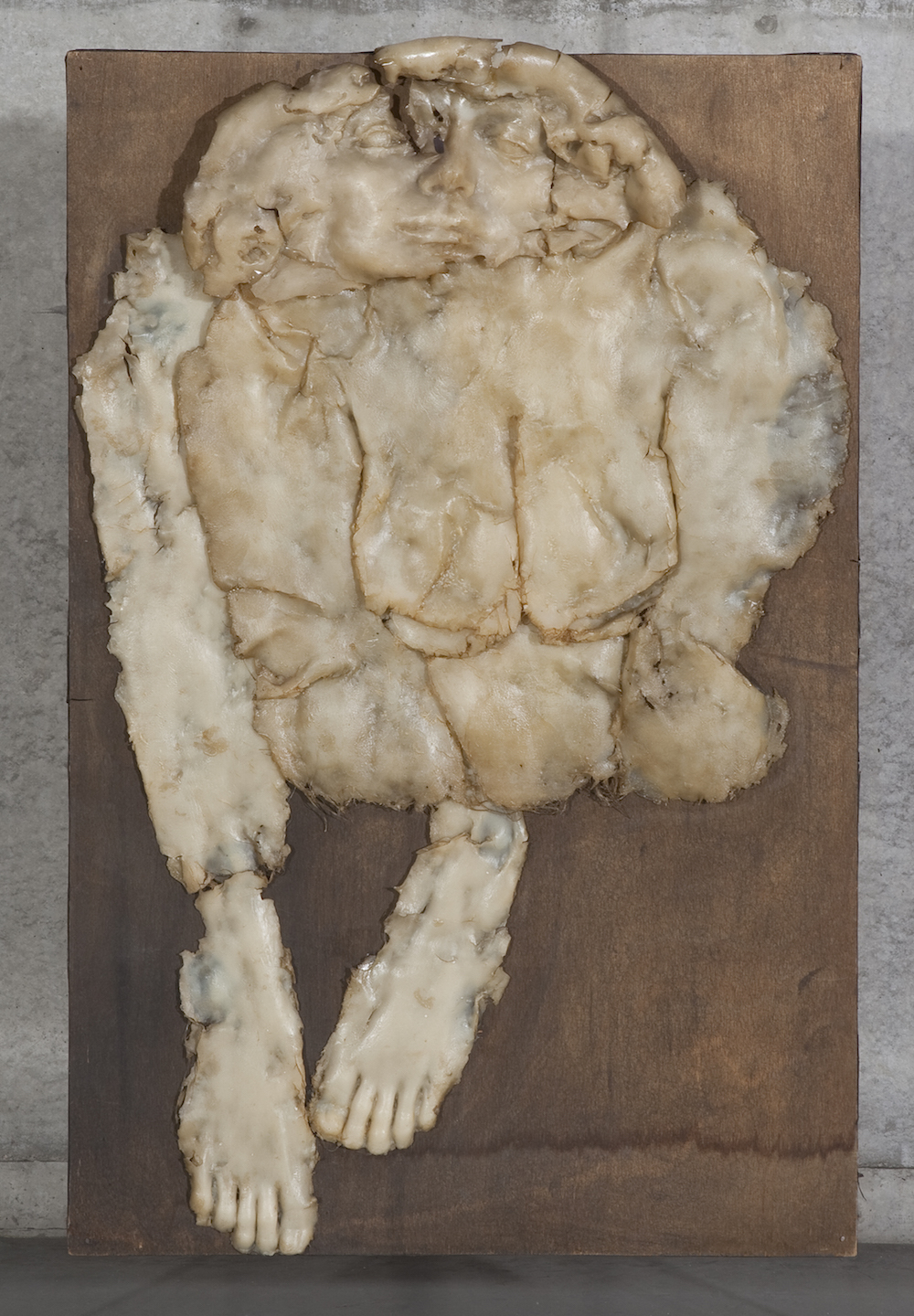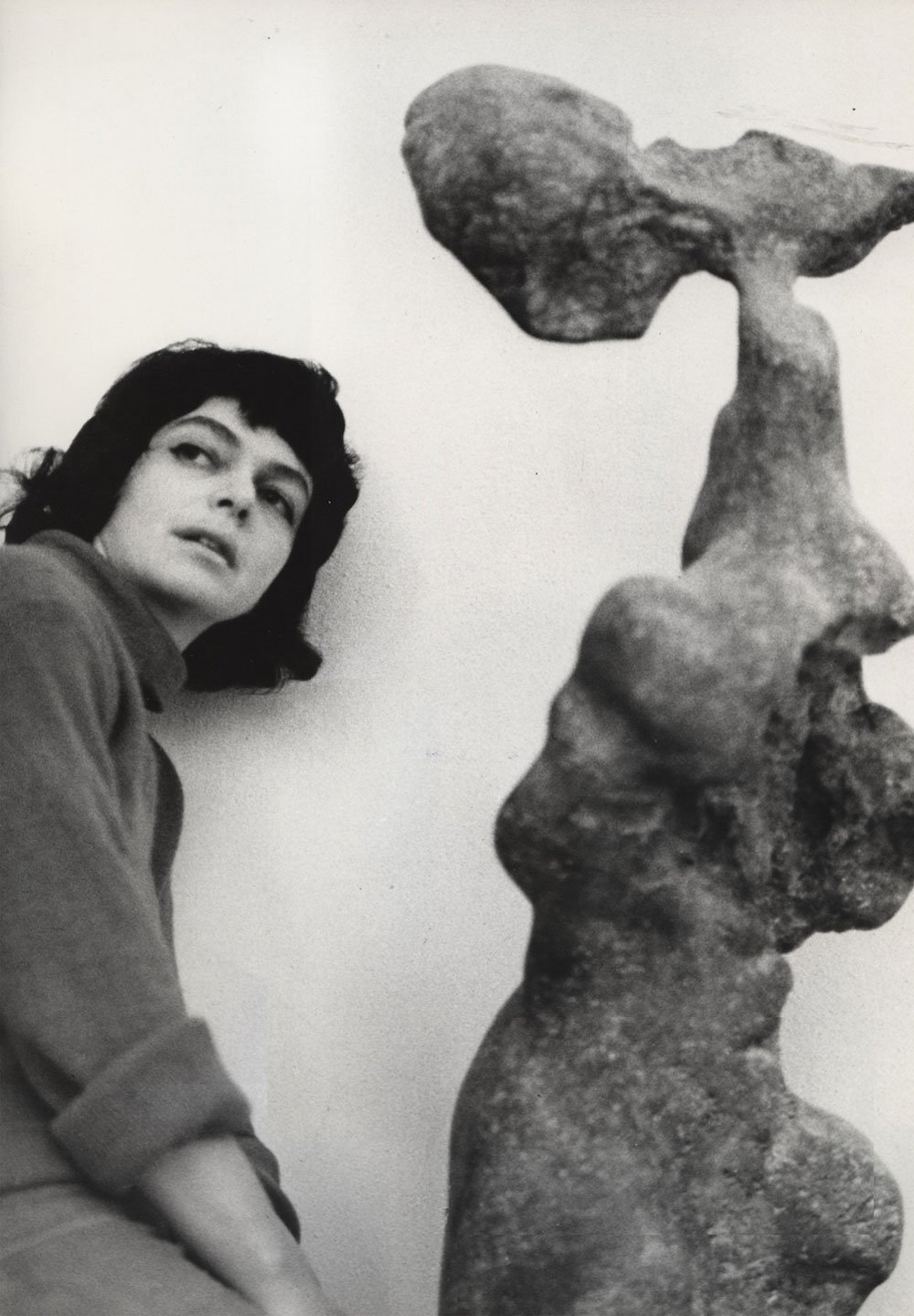Alina Szapocznikow: how one sculptor turned Holocaust atrocities into devastatingly beautiful art
Poland’s radical artist and Holocaust survivor is finding fame in the West more than 40 years after her death
Many in the English-speaking world will never have seen the strange, sensual work of artist Alina Szapocznikow. Exploring issues of sexuality, traumatic memory and the material experience of the human body, her sculptures are both seductive and sinister. Illuminated pink mouths sprout atop the stalks of lamps; candy-coloured breasts droop out of dessert dishes; casts of soft bellies bulge. The Polish artist, who died in 1973 at the age of only 47, has suffered decades of obscurity outside her native country despite widespread popularity in her homeland.
Cancerous-looking lumps and malign swellings recall the body’s frailty
But the past five years have seen a surge of Western interest in Szapocznikow, with a flurry of major exhibitions at US and European institutions — including the Museum of Modern Art, New York, the Centre Pompidou, Paris and WEILS, Brussels — bringing her work to a vastly expanded international audience. The Hepworth Wakefield is now introducing her work to English viewers with the artist’s first UK retrospective: Alina Szapocznikow: Human Landscapes (21 October — 28 January 2018), which gives visitors the chance to see over 100 works spanning the artist’s singular career.
Almost half a century after their making, Szapocznikow’s sculptures still carry the shock of the strange. A pushing and pulling between revulsion and tactile desire is characteristic: her polyester resin surfaces can be both beautiful – sensuously harnessing their maker’s own beauty — and repellent. Cancerous-looking lumps and malign swellings recall the body’s frailty; mucus-like encrustations ooze and coagulate. Given Szapocznikow’s obscurity until relatively recently, their visceral impact will be felt all the more when seen by unfamiliar eyes. Unlike, say, work by Warhol also dealing with themes of sex and mortality, the vital force of her sculptures is not dimmed through over-familiarity. In a sometimes problematic tradition of validating eastern European artists through comparisons to artists famous in the English-speaking world, she is often likened to Eva Hesse, Lynda Benglis or Louise Bourgeois, with whom she was friends (Bourgeois slept with two of Szapocznikow’s Lampe-Bouche (“Illuminated Lips”) in her bedroom). She and Szapocznikow share a certain psychological acuity, but Szapocznikow’s art deserves — indeed, demands — to be read on terms all of its own.
No assessment of Szapocznikow’s art makes sense without an awareness of her turbulent life. A Jewish girl growing up in Poland during the Second World War, her family was interned in the Pabianice and Łódź ghettoes; in 1937, her father died of tuberculosis. At 16, Szapocznikow, her mother and brother were sent to the Bergen-Belsen concentration camp via Auschwitz and Theresienstadt. Her mother’s profession as a nurse allowed Alina to survive these years by serving as her medical assistant at camp hospitals, but in 1944 they were separated. When the war ended, Alina assumed her family had all been killed and chose not to return to Poland — instead, she forged the identity papers that would allow her to travel to Prague, where she studied sculpture. Later, those years were never to be spoken of. She moved to Paris to study at the École Nationale Superieure des Beaux-Arts, where she discovered work by modernist sculptors including Giacometti. She described her compulsion to create as “this absurd and convulsive mania [that] proves the existence of an unknown, secret gland, necessary for life.”
In 1951, Szapocznikow was diagnosed with the TB that had killed her father; experimental treatments saved her life but left her infertile. In response to pressure from the Polish government, which was hungry for artists to work in the Socialist Realism style, Szapocznikow returned to a Poland marred by Stalinist bombing, social unrest and economic depression. She also adopted a son, Piotr (later the subject of the haunting full body cast Piotr (1972), a Christ-like vision of fragile mortality). Szapocznikow responded to the political imperative with sculptures that befitted the moment: figurative public art in bronze or stone such as Monument to Polish-Soviet Friendship (1953), which won her national acclaim. But as the political landscape changed and pressures on artists lessened, Szapocznikow’s output became looser, more expansive. In 1963 she returned to Paris and began to produce her most distinctive work.
Though influenced by artists gathered around Pierre Restany and the Nouveaux Réalistes, such as César and Niki de Saint Phalle, Szapocznikow developed a unique practice drawing on the levity of Pop Art alongside late, dark Surrealism. From singular pieces her sculptures became colourful clusters of fragments: everyday objects made strange, fetishising consumerist desirability. Figures lean at vertiginous angles, appearing on the brink of collapse. Materials are innovative — her polyester resin and polyurethane foam was borrowed from the construction industry — and fragile; some are already degrading. Stability, particularly that of form, is refuted in favour of a kind of visual unpredictability. Gone is the stable ground on which traditional sculpture stands. In 1972 she described these radical new works as no more than “awkward objects”. Theirs is an ambiguous space: somewhere between anguish and pleasure, beauty and horror, humour and self-degradation.
A two-sided cast of Szapocznikow’s luminously beautiful face, filled with sludgy cigarette butts — Cendrier de Célibataire (“The Bachelor’s Ashtray I”), 1972 — embodies the duelling forces of her life: Eros and Thanatos, sex and death. As her friend, the critic Pierre Restany noted, “in the catalogue of Alina’s fetishes, eroticism becomes transformed into exorcism.” Having survived the horrors of war (what she described as the “baptism of despair”), she, like other postwar artists, worked with a keen awareness of human vulnerability. The wish to sculpt the body — first through the wholeness of traditional figuration, then with a kind of wilful breaking down of accepted form — represents her devotion to the bodily experience, for better or worse.
Diagnosed with cancer in 1968, Szapocznikow began making her Tumeur series: troubling aggregations of resin, gauze, newspaper and photographs of concentration camp victims, suggestive of replicating cells. Another work from this period, Self-portrait — Herbarium (1971) is a fragile resin cast of her body crumpled flat, its skin-like surface hung on a slab like some scientific specimen. These late works recall both the worst atrocities of the war (such as the skin of murdered Jewish people being used to make lamps and other household items), and the sheer preciousness — and precariousness — of the human body. The cancer took her life in 1973. In 1972, Szapocznikow had written what now stands as a manifesto for her practice: “I am convinced that of all the manifestations of the ephemeral, the human body is the most vulnerable, the only source of all joy, all suffering and all truth.”
After Szapocznikow died, exhibitions were held in Paris and Warsaw, which were then followed by years of disinterest; for decades, her works sat in storage. Despite having lived in Paris for most of her last decade, creating in conversation with key figures and movements of the day, she never made an impact of the art market outside of Poland. That silence has now been broken. Following the pattern suffered by so many female artists of the mid-20th century, recognition of her remarkable work has arrived late — much too late for the artist herself. Previously, if you had asked an English speaker to name a Polish artist from the time period, you’d hear the names of Wojciech Fangor and possibly Tadeusz Kantor (if you were lucky). Today, Alina Szapocznikow stands — and slumps, leans, pouts — proud, finally recognised as one of the most significant artists of her generation.
Text: Isabella Smith
Images: Courtesy of The Hepworth Wakefield and The Estate of Alina Szapocznikow
